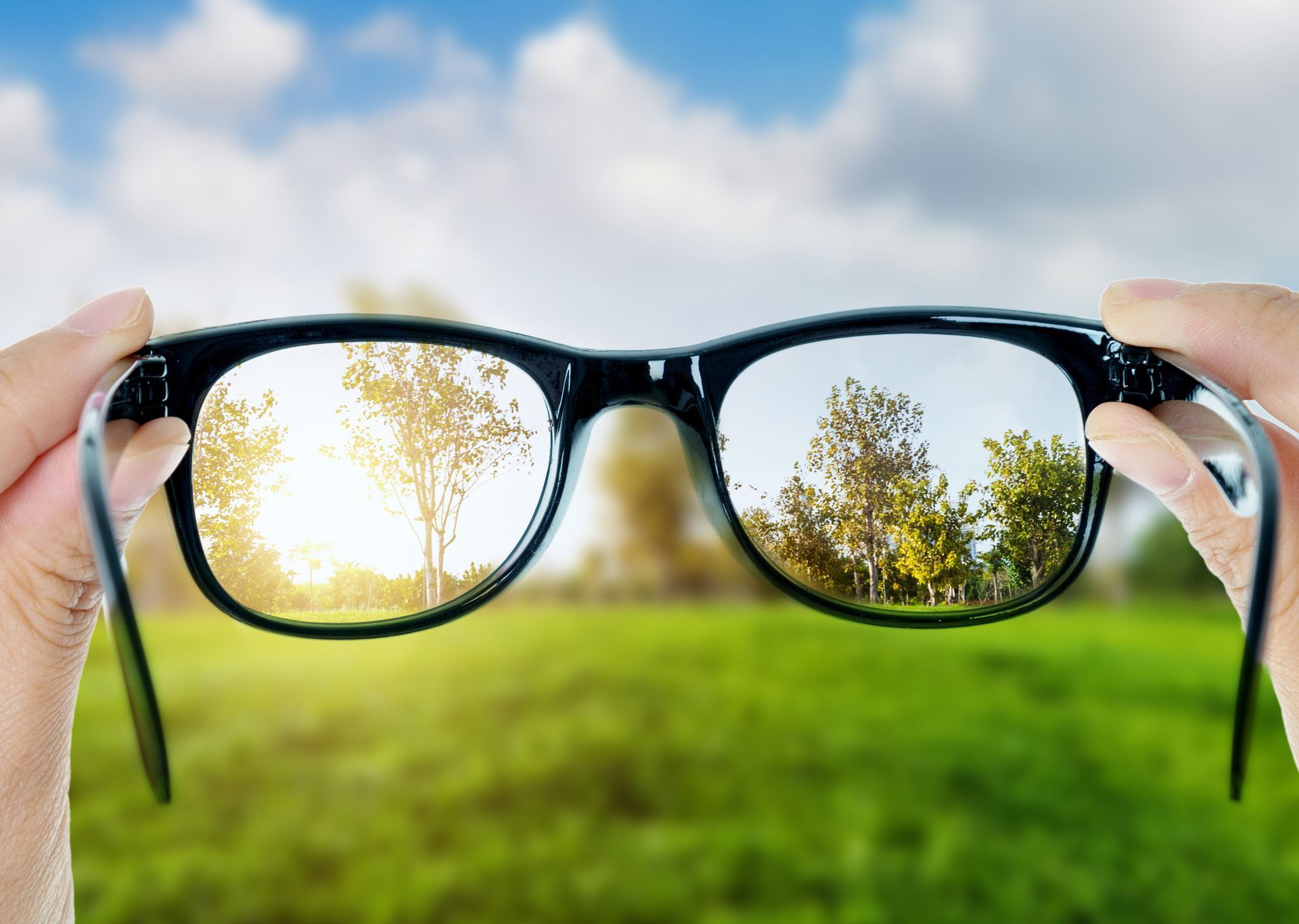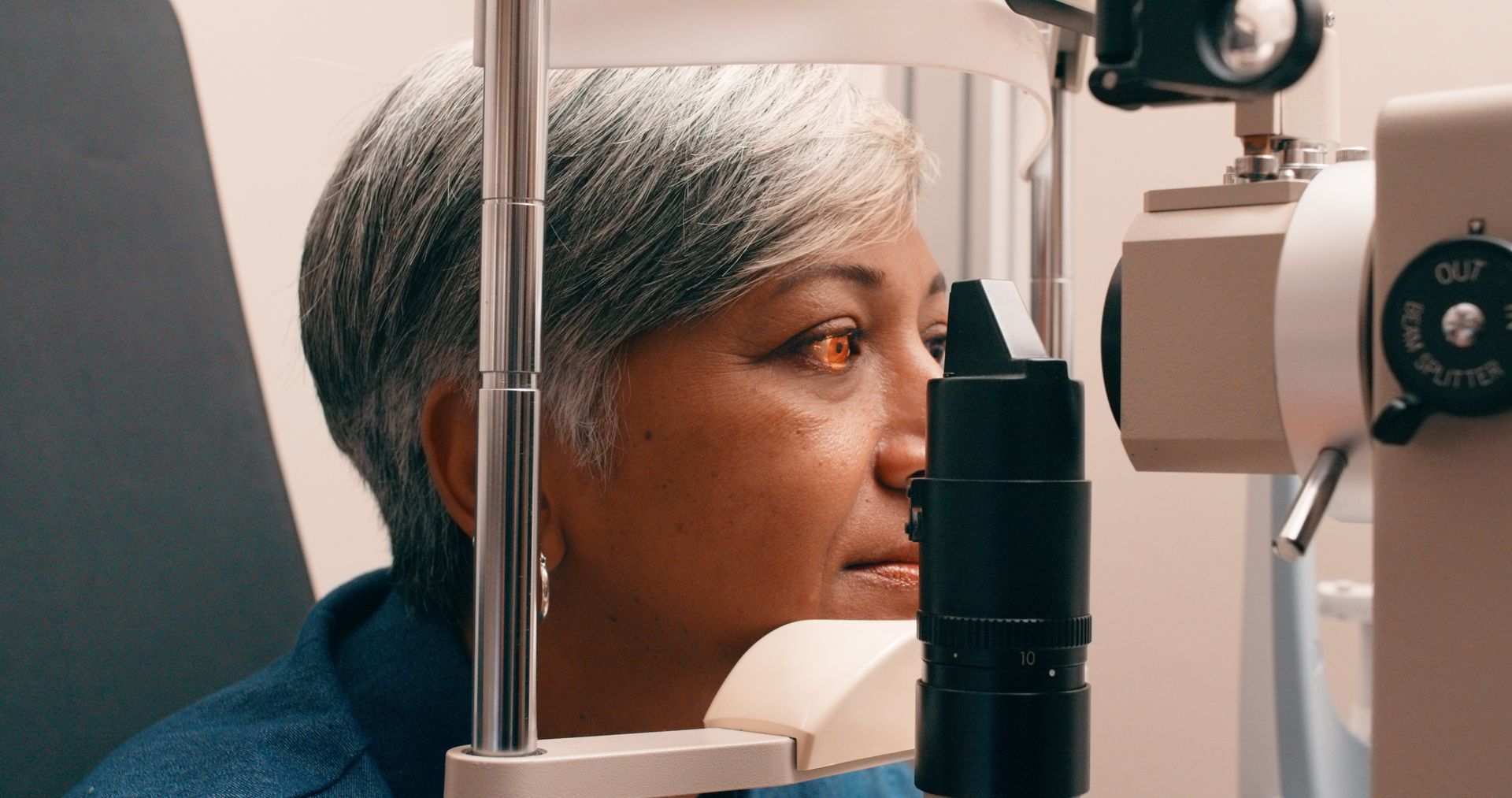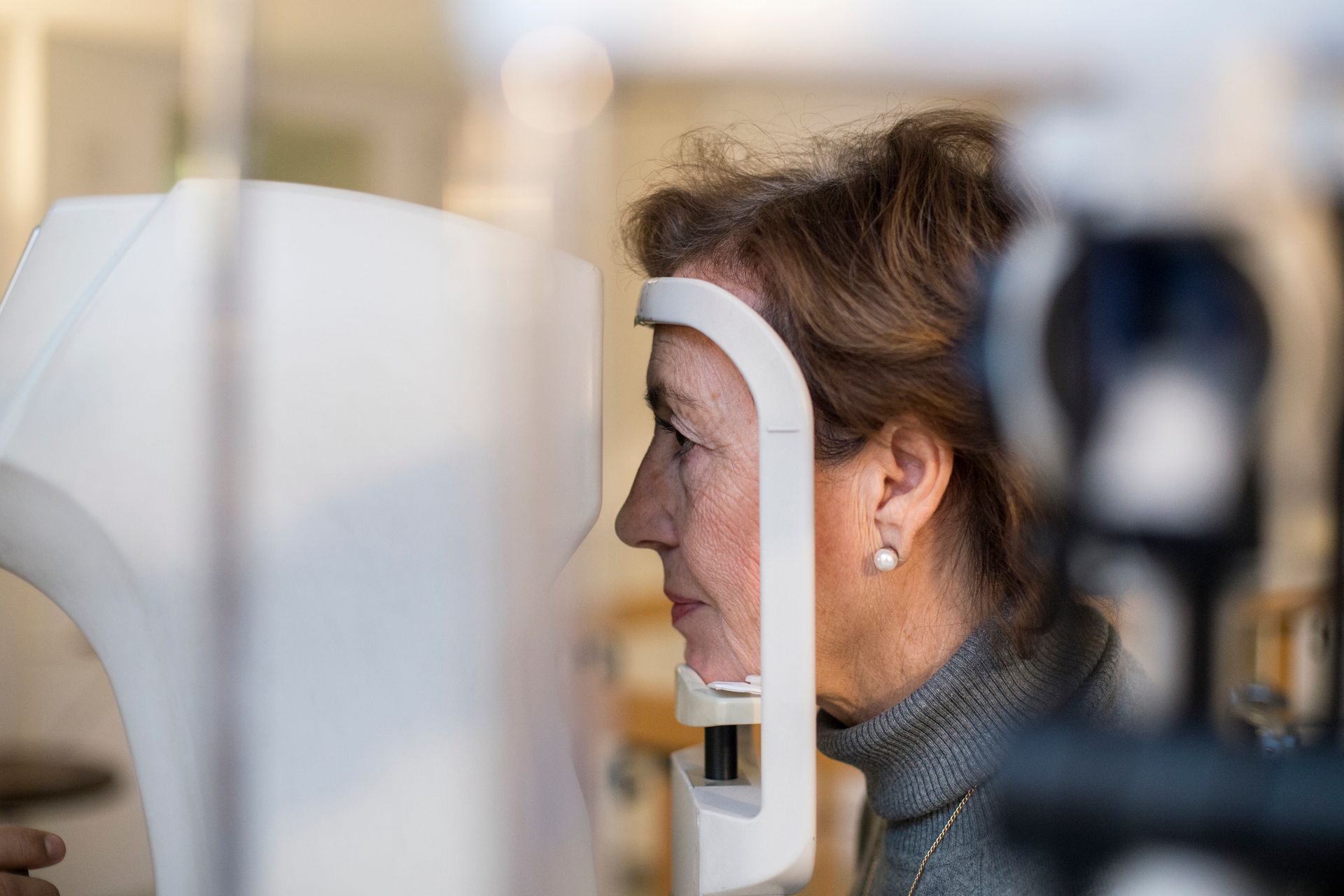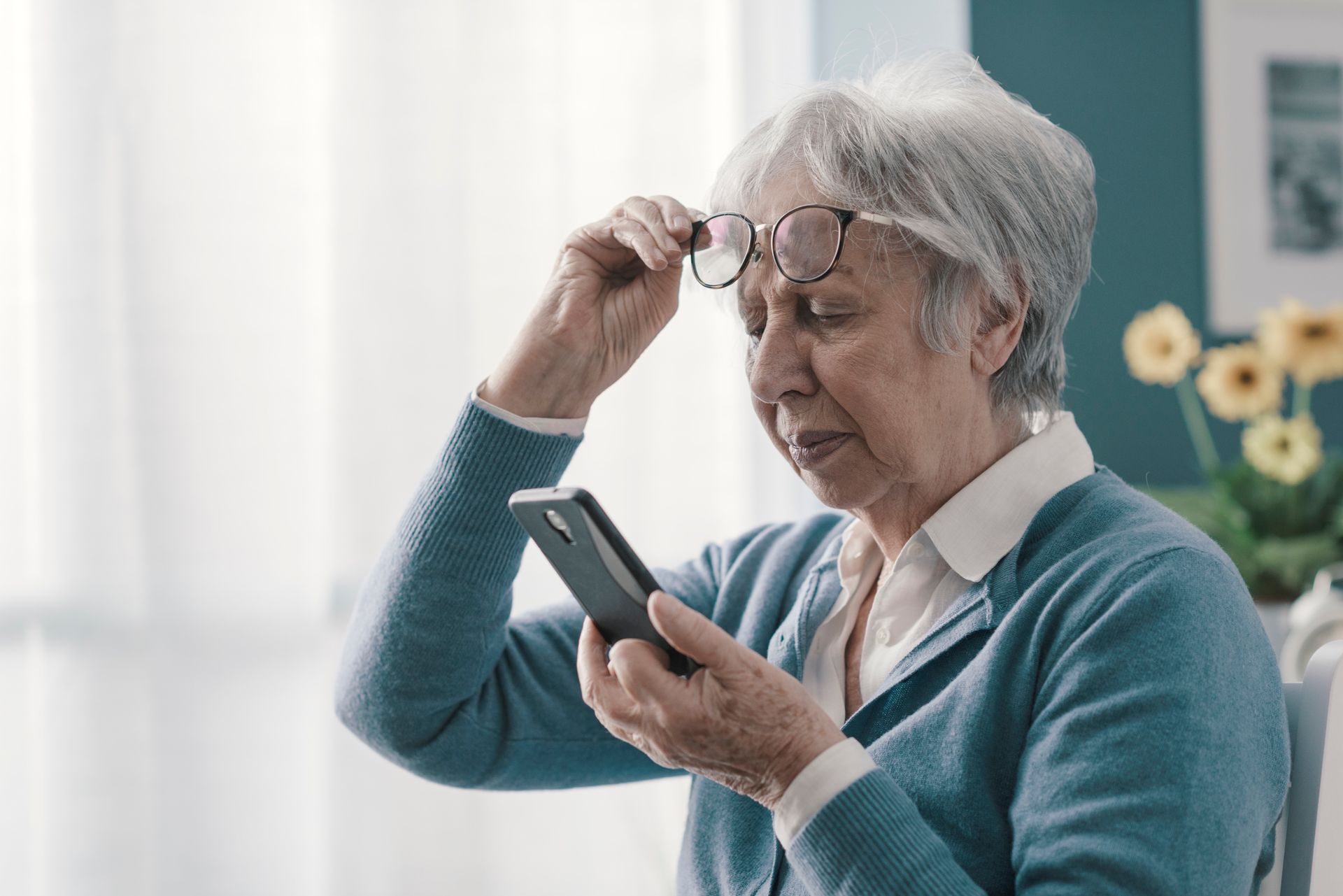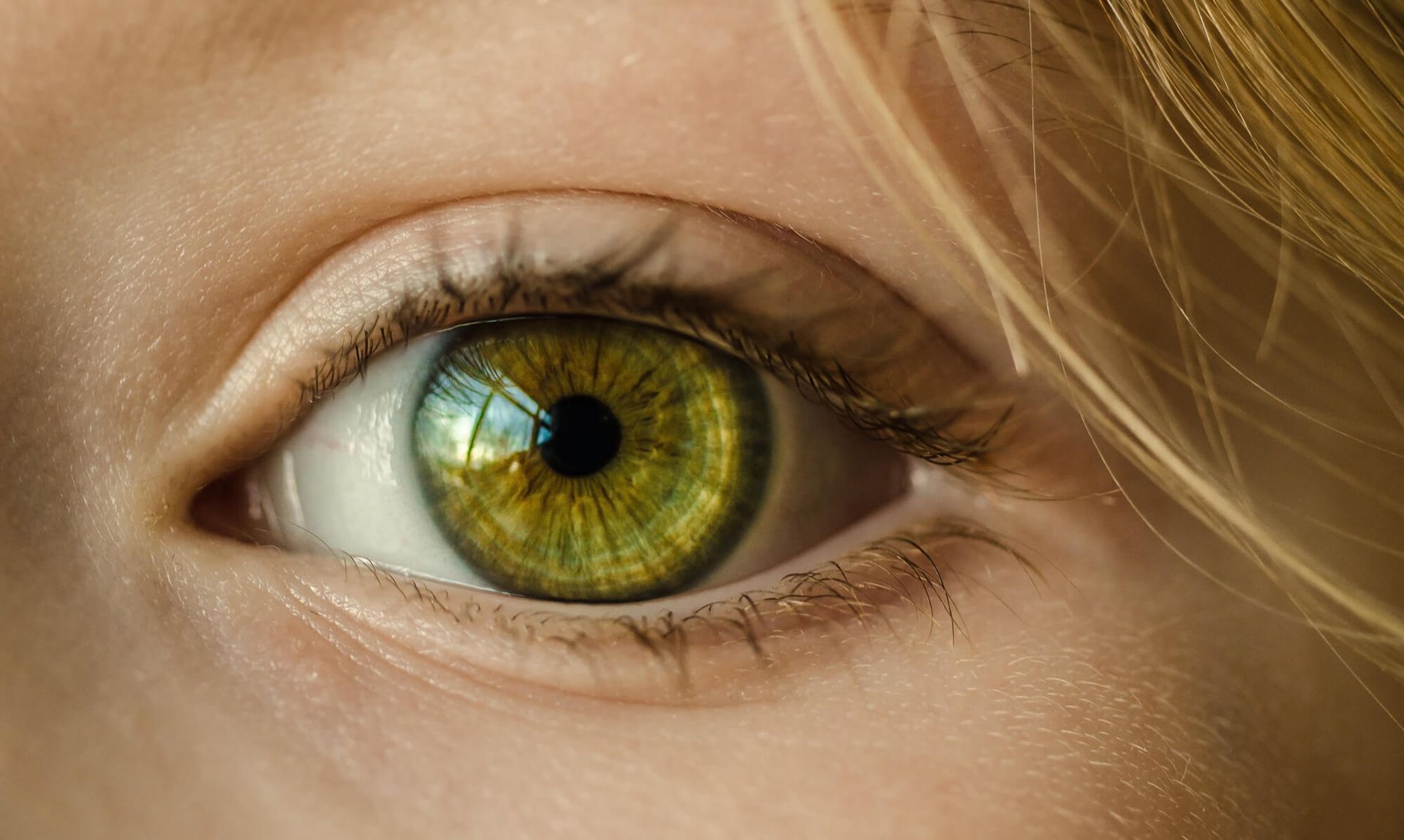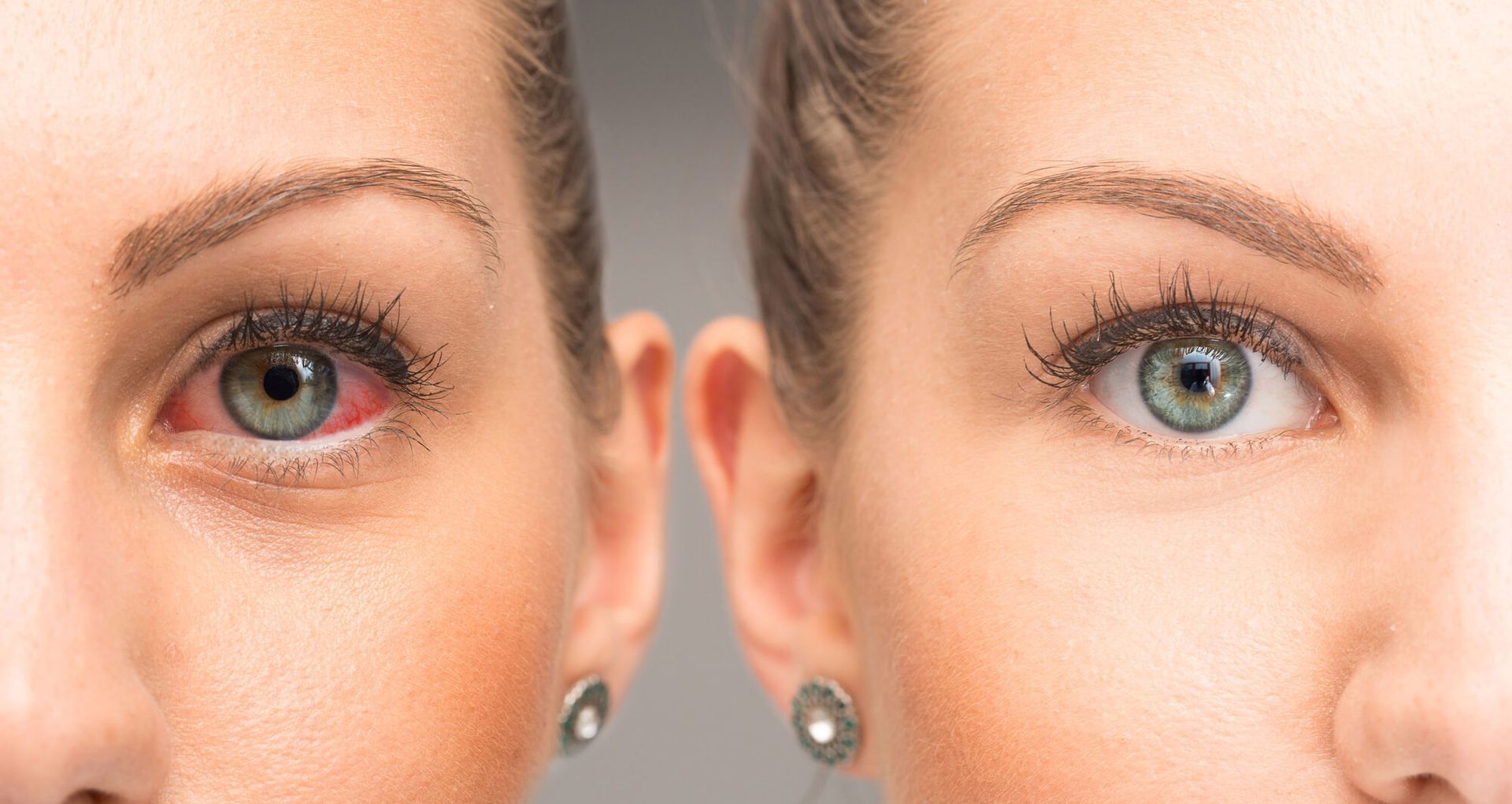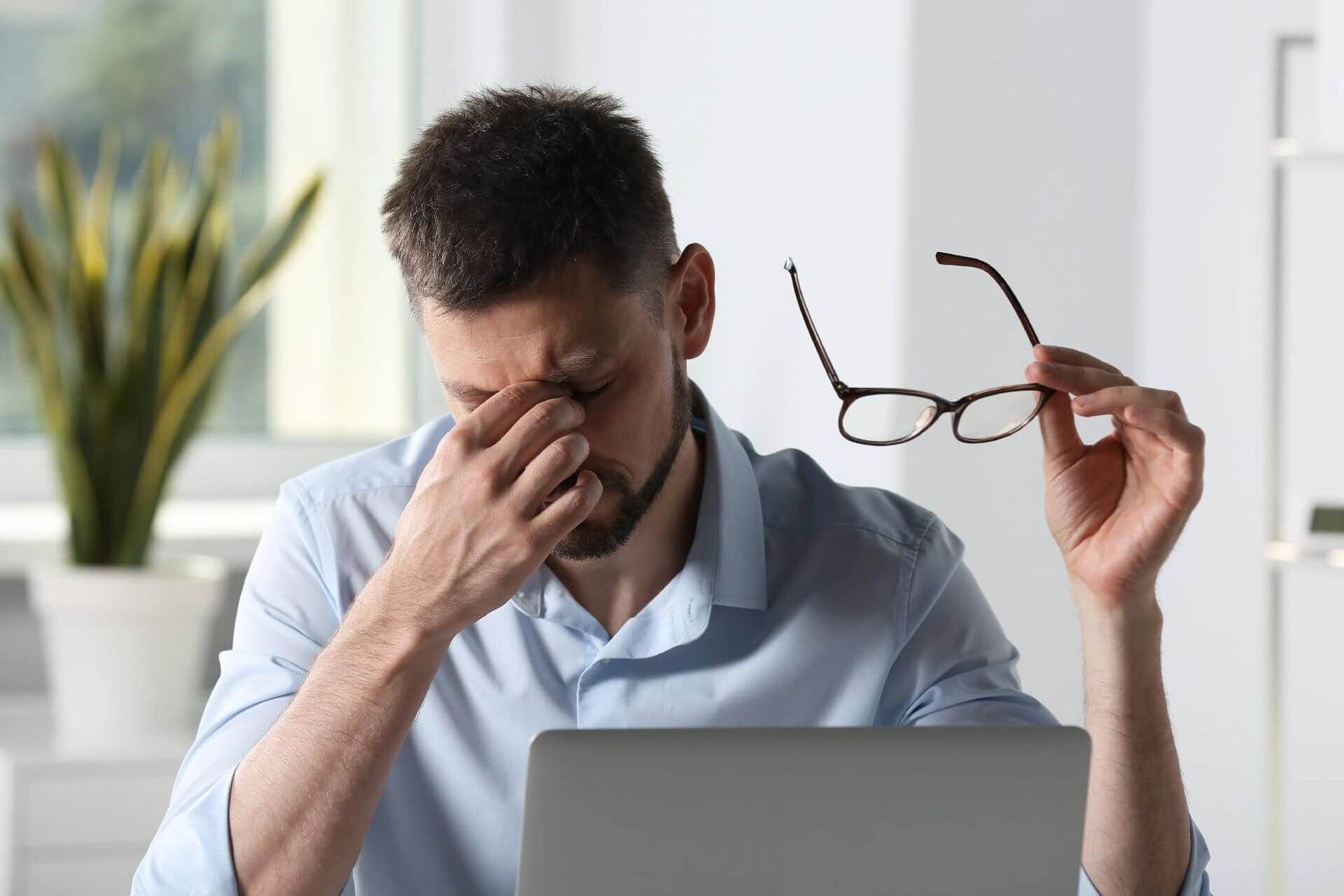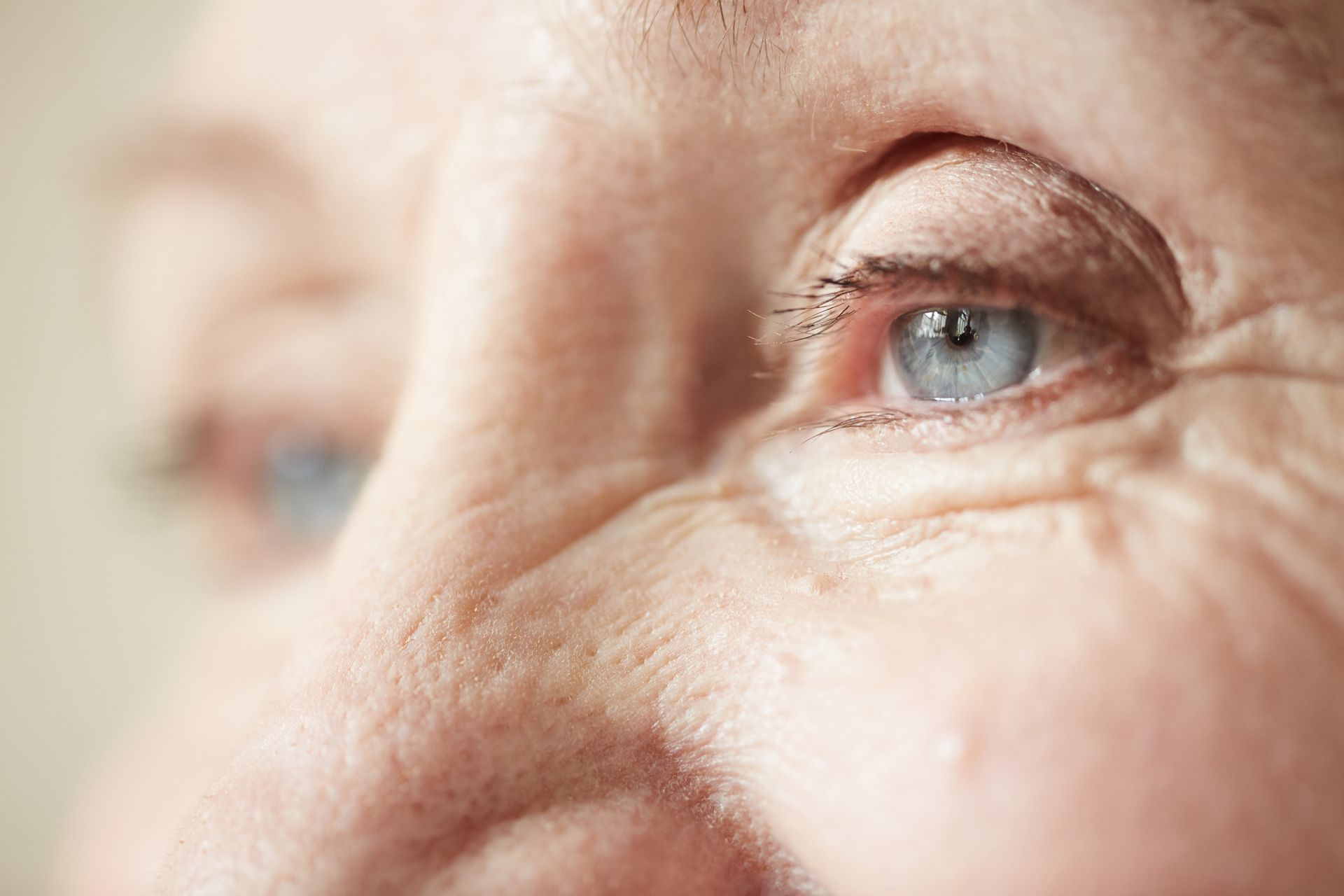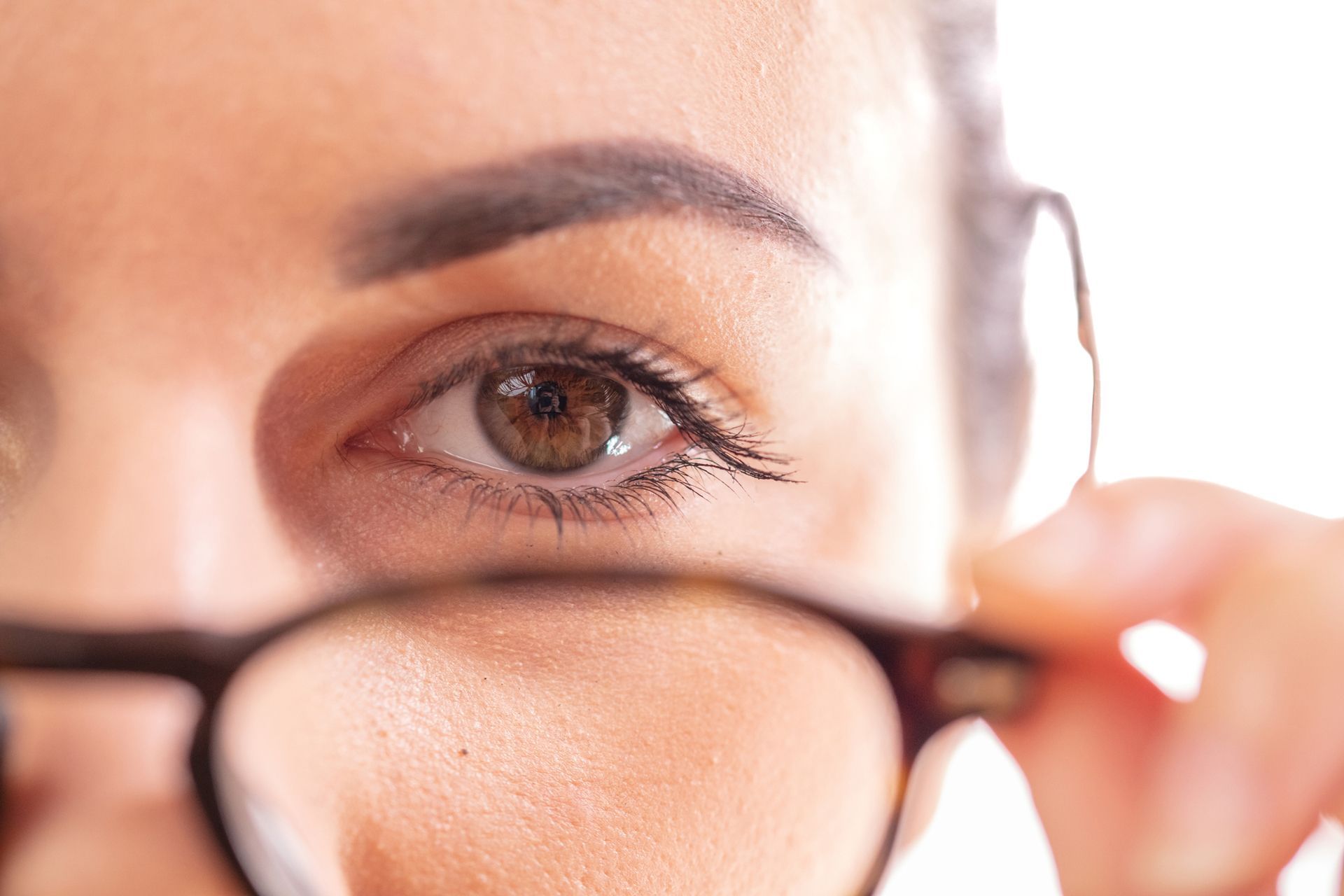Essential Care for Eyes: Top Tips for Healthy Vision
Curious about the best ways to care for eyes? This guide covers essential tips like regular eye exams, daily protective measures, and a diet rich in eye-healthy nutrients. Read on to learn how to keep your vision sharp and eyes healthy.
Regular Eye Exams
Maintaining good vision and eye health primarily relies on regular eye exams. Many eye diseases, such as glaucoma and age-related macular degeneration, often sneak up silently, with no symptoms in their early stages. It’s easy to overlook these issues until they start affecting your vision, but by then, the damage can be significant. A comprehensive dilated eye exam is a powerful tool in detecting these hidden threats early, allowing for timely and effective treatment to prevent vision loss due to eye disease.
Common eye problems like cataracts, diabetic retinopathy, and glaucoma can lead to severe vision impairment if not detected early. Therefore, it’s crucial to have regular eye exams, even if you believe your vision is perfect. According to the American Optometric Association, adults aged 18 to 60 should aim to have a comprehensive eye exam every other year to maintain their eye health. Regular examinations can help detect any potential vision problems early on.
Children and older adults have different needs, and we’ll explore these in detail in the following subsections. The frequency and type of exams may vary, but the goal remains the same: keep your eyes healthy and detect any potential issues early.
Comprehensive Dilated Eye Exam
A comprehensive dilated eye exam involves the use of special eye drops to widen the pupils. This allows the eye doctor to get a much better view of the back of the eye, including the retina, macula, and optic nerve. This thorough examination can reveal signs of eye diseases that might otherwise go unnoticed, such as diabetic retinopathy, glaucoma, and macular degeneration. For individuals at a higher risk, such as those with a family history of glaucoma or Black Americans over 40, these exams are especially crucial and should be done every two years.
Comprehensive dilated eye exams offer immense benefits. Detecting eye diseases early can make treatment more effective, preventing severe vision problems or even blindness. It’s a small investment of time that can yield significant benefits for your eye health.
Frequency of Eye Exams
The frequency of eye exams depends largely on age and risk factors. For children, it’s recommended to have at least one eye exam between the ages of 3 and 5 to detect amblyopia or its risk factors. Early detection in children can prevent long-term vision issues.
For adults, the general guideline is to have a comprehensive eye exam every other year, but this can vary based on individual risk factors. Those with diabetes, high blood pressure, or a family history of eye diseases should have more frequent exams to monitor any changes that could affect their vision. Regular eye exams are a proactive step towards maintaining good eye health throughout your life.
Protect Your Eyes Daily
To prevent damage from environmental hazards and everyday activities, daily eye protection is needed. Wearing sunglasses that block UVA and UVB rays is a simple yet effective way to shield your eyes from the sun’s harmful rays, which can cause retinal burns, cataracts, and other eye diseases. Sunglasses should be worn year-round, even on cloudy days, to provide continuous protection.
In addition to sunglasses, using protective eyewear during activities that pose a risk to your eyes is vital. Safety glasses, goggles, and face shields can prevent injuries from projectiles, chemicals, and other hazards. It’s estimated that proper eye protection can prevent or lessen the severity of up to 90% of job-related eye injuries.
We’ll now examine these protective measures in depth.

Wear Sunglasses
Beyond being a fashion statement, wearing sunglasses is a key step in safeguarding your vision. Sunglasses that block 100% of UVA and UVB rays safeguard your eyes from the sun’s harmful effects, reducing the risk of conditions like cataracts and retinal burns. It’s important to wear them all year round, regardless of the weather, as UV rays can penetrate through clouds and reflect off surfaces like water and snow.
Without proper protection, prolonged exposure to the sun’s rays can lead to serious eye conditions, including macular degeneration and even temporary vision loss. So, the next time you step outside, make sure you’re wearing sunglasses that provide adequate protection.
Use Protective Eyewear
In environments where your eyes are at risk, the use of protective eyewear becomes indispensable. At work, it’s crucial to wear safety glasses, goggles, or face shields to protect against dust, flying particles, and chemical splashes. In fact, every day, about 2,000 U.S. workers sustain job-related eye injuries that require medical treatment, many of which could be prevented with the right eye protection.
Different types of protective eyewear serve different purposes. For instance:
- Safety glasses are ideal for general working conditions
- Goggles offer more comprehensive protection against impact and chemical splashes
- Face shields provide additional coverage for workers exposed to chemicals, heat, or blood-borne pathogens
Always choose the appropriate protective eyewear for the task at hand to keep your eyes safe.
Maintain a Healthy Diet
Maintaining eye health significantly depends on a balanced diet. Foods rich in vitamins and antioxidants help protect against eye diseases and support overall eye function. Incorporating a variety of fruits and vegetables, especially those high in vitamins A, C, and E, can provide essential nutrients for your eyes. Some examples of these foods include:
- Carrots
- Spinach
- Kale
- Broccoli
- Oranges
- Strawberries
- Blueberries
Deep yellow and green leafy vegetables are particularly beneficial for eye health.
Nutrients like zinc and omega-3 fatty acids also contribute to eye health. Zinc helps bring vitamin A to the retina, supporting healthy vision, while omega-3 fatty acids found in fish like salmon and tuna help prevent dry eye and other eye conditions. We’ll now delve into these nutrients with more specificity.
Omega 3 Fatty Acids
For the maintenance of eye health and prevention of eye diseases, Omega-3 fatty acids are vital. These healthy fats, found in fish like tuna, salmon, and sardines, support tear function and help with dry eye. Including omega-3-rich foods in your diet can reduce the risk of developing eye conditions and support overall eye health.
In addition to fish, omega-3 supplements are available for those who may have dietary restrictions. Ensuring you get enough omega-3s can make a significant difference in preventing eye diseases and maintaining good vision throughout your life.
Green Leafy Vegetables
For eye health, green leafy vegetables serve as powerhouses of beneficial nutrients. They are rich in antioxidants, such as lutein and zeaxanthin, which are known to reduce the risk of chronic eye diseases. These antioxidants help protect the macula, the part of the eye responsible for detailed vision, and enhance overall eye function. Some examples of green leafy vegetables that are good for eye health include:
- Spinach
- Kale
- Swiss chard
- Collard greens
- Romaine lettuce
Adding these vegetables to your diet can help support healthy eyes and maintain good vision.
Vegetables like:
- kale
- spinach
- collards
- broccoli
are excellent sources of these nutrients. Incorporating these into your daily diet can provide your eyes with the protection they need to stay healthy and function optimally.
Manage Health Conditions
For the maintenance of eye health, effectively managing conditions like high blood pressure and diabetes is essential. These conditions can lead to complications like diabetic retinopathy and hypertensive retinopathy, which can severely impact vision. Regular eye exams are essential for individuals with these health conditions to monitor any changes and prevent further damage.
Maintaining a healthy lifestyle through regular exercise and a balanced diet can help control these conditions and reduce the risk of developing eye diseases. We’ll now examine the specific impact of high blood pressure and diabetes on eye health.
High Blood Pressure and Diabetes
High blood pressure and diabetes can have a profound impact on eye health. High blood pressure can damage the blood vessels in the eyes, leading to conditions like hypertensive retinopathy. Similarly, diabetes can cause diabetic retinopathy, where high blood sugar levels damage the retina’s blood vessels, leading to vision loss.
People with diabetes should:
- Have a dilated eye exam every year to monitor for signs of diabetic retinopathy and other eye conditions
- Manage blood sugar levels and blood pressure to prevent complications
- Regularly exercise, maintain a healthy diet, and adhere to medication to control these conditions and protect vision.
In addition to diabetic retinopathy, diabetes can cause other eye problems such as glaucoma and diabetic macular edema. Regular eye exams and proper management of diabetes and high blood pressure can prevent these conditions from progressing and help maintain good eye health.
Healthy Weight and Exercise
Maintaining a healthy weight and engaging in regular exercise are important for overall health, including eye health. Regular physical activity has been shown to:
- Reduce the risk of health conditions that can affect eye health, including diabetes, high blood pressure, and high cholesterol
- Improve cardiovascular health
- Reduce the risk of eye diseases
This highlights the importance of staying active for maintaining good overall health, including eye health. Activities like walking, swimming, and cycling can be beneficial.
A balanced diet and regular exercise not only help maintain a healthy weight but also support overall eye health by reducing the risk of developing metabolic syndrome, which affects eye health. Incorporating these habits into your daily routine can have long-term benefits for your vision.
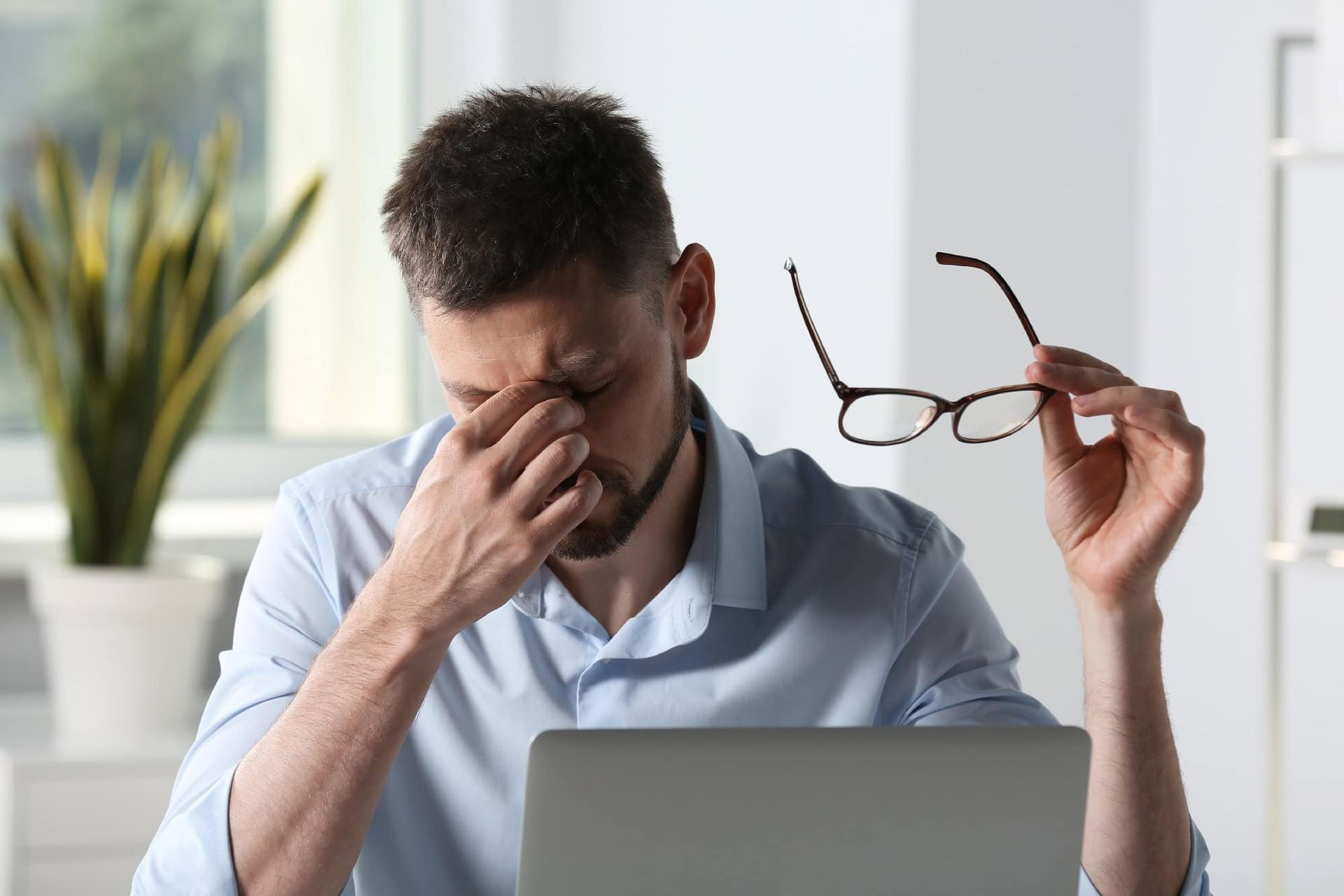
Minimize Digital Eye Strain
Given today’s digital age, the need to minimize digital eye strain has never been more paramount. Prolonged screen use can lead to discomfort and vision problems, but simple strategies can help alleviate this strain. One effective method is the 20-20-20 rule: every 20 minutes, look at something 20 feet away for at least 20 seconds. This helps relax the eye muscles and reduce fatigue.
Adjusting your screen setup can also make a significant difference. Here are some tips to enhance eye comfort and reduce the risk of digital eye strain:
- Ensure your monitor is positioned correctly, with the top of the screen at or just below eye level.
- Adjust screen brightness to a comfortable level.
- Enlarge text if necessary to make it easier to read.
- Reduce glare by adjusting the lighting in your workspace or using an anti-glare screen protector.
By following these tips, you can minimize strain and keep your eyes comfortable while using digital devices.
20-20-20 Rule
To combat digital eye strain, the 20-20-20 rule serves as a simple yet effective strategy. By taking a break every 20 minutes to look at something 20 feet away for at least 20 seconds, you allow your eye muscles to relax and reduce fatigue.
This habit can significantly improve your comfort during prolonged screen use and help keep your eyes healthy.
Proper Screen Setup
To minimize digital eye strain, setting up your screen properly is necessary. Here are some tips:
- Position your monitor directly in front of you, at arm’s length.
- Place the top of the screen at or just below eye level.
- This setup helps reduce the strain on your eyes and neck.
- Keeping the screen about 20-24 inches away from your eyes is ideal.
Adjusting the brightness and contrast of your screen to match the ambient lighting can also reduce eye strain. Consider using anti-glare screens and adjusting the text size to a comfortable level. These adjustments can make a significant difference in your eye comfort and overall eye health.
Care for Contact Lens Wearers
While wearing contact lenses provides great convenience and vision correction, many people choose to wear contacts for their daily activities. It demands diligent care, proper hygiene practices, and avoiding water exposure to prevent infections and other eye problems.
Contact lens wearers should always follow the recommended guidelines for cleaning and handling their lenses to keep their eyes healthy.
Hygiene Practices
When handling contact lenses, maintaining proper hygiene is of utmost importance. Always wash your hands thoroughly with soap and water before touching your lenses to prevent infections. Cleaning your lenses involves placing them in the palm of your hand with fresh solution and gently rubbing them to loosen any protein and bacteria buildup, even if the solution is labeled ‘No Rub’.
Additionally, here are some tips to keep in mind when caring for your contact lenses:
- Never rinse your lenses with homemade saline as it can harbor dangerous germs.
- Always use store-bought solution to clean and disinfect your lenses.
- Replace your contact lens case at least three times a year to minimize the risk of eye infections.
Avoid Water Exposure
Exposure of contact lenses to water could potentially introduce harmful bacteria and parasites, thereby escalating the risk of severe eye infections like keratitis. Contact lenses should be removed before swimming, showering, or any activity involving water to prevent contamination.
Water can cause contact lenses to warp or stick to the eye, potentially leading to corneal abrasions. Always use fresh contact lens solution for storage and cleaning to avoid these risks.
Awareness and adherence to these practices can help prevent severe complications like Acanthamoeba keratitis, which can lead to vision loss or require a corneal transplant.
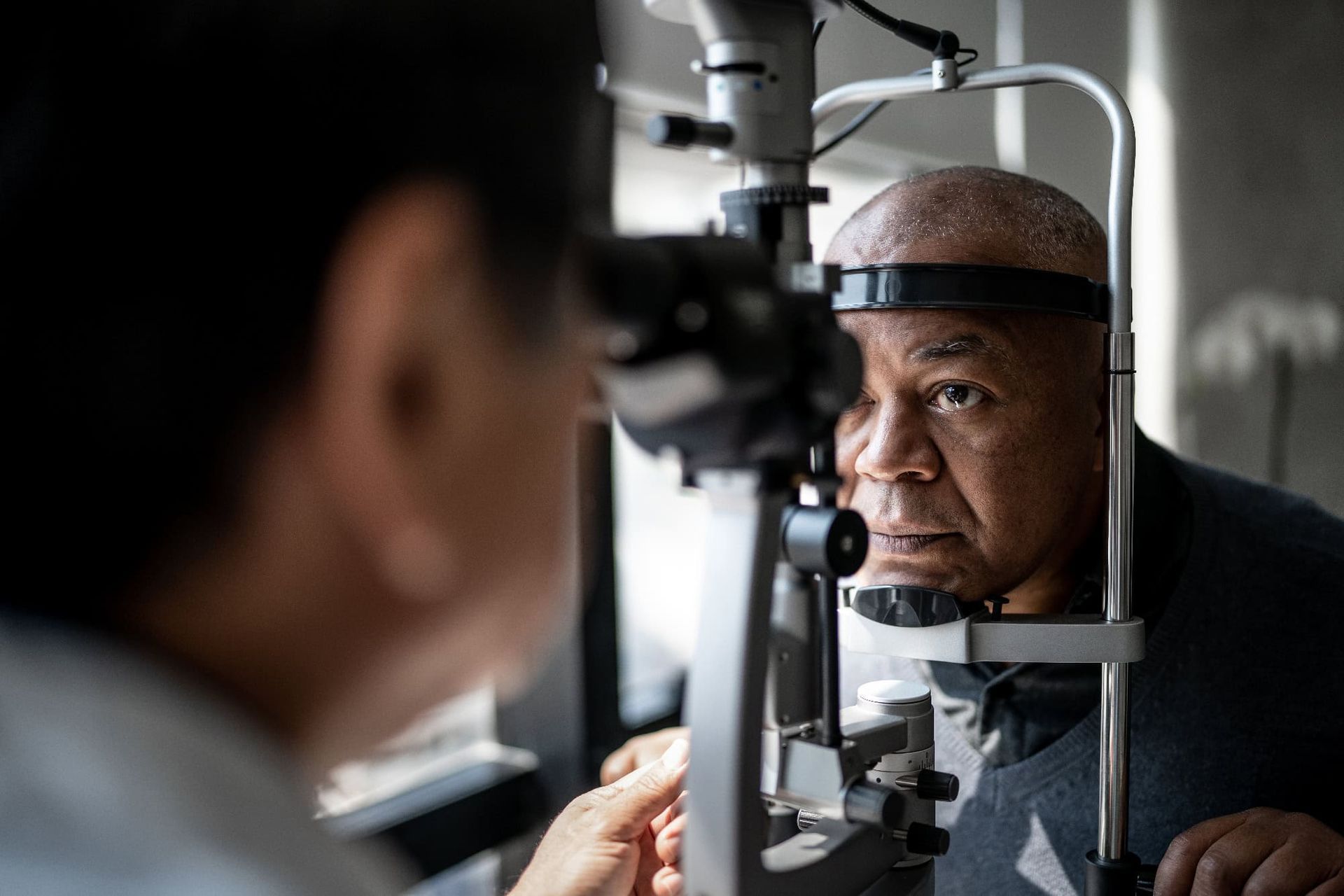
Recognize Warning Signs
Timely medical intervention hinges on recognizing the warning signs of serious eye or vision problems. Symptoms such as:
- Difficulty seeing at night
- Large floaters
- Flashing lights
- Vision loss in one or both eyes
should never be ignored. These signs can indicate conditions like cataracts, retinal detachment, or macular degeneration and require immediate attention.
Other symptoms like light sensitivity, red, painful eyes, or a sensation of a curtain being drawn across your field of vision also warrant urgent care. Early detection and treatment can prevent further damage to your vision and improve outcomes.
Vision Changes
Changes in vision, such as double vision or blurry vision, can be alarming and often signal underlying issues. Double vision can be caused by:
- injuries
- strokes
- tumors
- illnesses
Conditions affecting the cornea, like astigmatism or infections, can also lead to double vision.
Blurry vision can indicate serious eye conditions that require prompt medical evaluation. It is essential to seek professional help if you experience these symptoms to determine the cause and receive appropriate treatment.
Eye Irritation and Pain
Eye irritation and pain can be symptoms of underlying serious conditions such as glaucoma or ocular tumors. Red, painful eyes accompanied by vision disturbances should be evaluated by an eye doctor promptly.
Contact lens-related infections can also cause significant discomfort, including blurry vision and unusual redness. Recognizing these symptoms early and seeking medical attention can prevent further complications and preserve your vision.
Quit Smoking
The numerous negative effects of smoking on eye health include a heightened risk of age-related macular degeneration (AMD), cataracts, and other eye diseases. Smokers are three to four times more likely to develop AMD compared to nonsmokers.
Quitting smoking can reduce these risks and improve overall eye health. By quitting, you protect your optic nerve and blood vessels from damage and lower your chances of developing severe vision problems.
Rest and Hydrate Your Eyes
For maintaining eye health, here are some essential practices:
- Resting and hydrating your eyes
- Using artificial tears to alleviate dry eyes, especially during prolonged screen use
- Getting adequate sleep to allow your eyes to recover from daily strain and reduce the risk of dry eyes and other issues.
Artificial Tears
Artificial tears can help keep the outer surface of your eyes moist, reducing dryness and discomfort. They are particularly beneficial for individuals who spend long hours in front of screens, as they help prevent and relieve dry eyes.
For frequent use, preservative-free artificial tears are recommended, as they are less likely to cause irritation. Some formulations include thickening agents to help maintain moisture on the eye’s surface for longer periods.
Adequate Sleep
Getting enough sleep is vital for eye health as it:
- allows your eyes to recover from daily strain
- promotes better lubrication and function
- reduces the risk of eye spasms
- reduces the risk of blurry vision
- reduces the risk of dry eyes.
Ensuring you get sufficient rest supports the overall care of your eyes and helps keep your eyes healthy.
Summary
Maintaining eye health requires a multifaceted approach, from regular eye exams and daily protection to a balanced diet and managing health conditions. By following these essential tips, you can significantly reduce the risk of developing serious eye diseases and enjoy better vision for years to come.
Remember, your eyes are irreplaceable. Prioritize their care, stay vigilant for warning signs, and make lifestyle choices that support long-term eye health. Protecting your vision today will ensure you continue to see the world clearly tomorrow.
Frequently Asked Questions
How often should I have an eye exam?
You should have a comprehensive eye exam every other year, but if you have risk factors such as diabetes or a family history of eye diseases, you may need more frequent exams. It's important to prioritize regular eye check-ups to maintain good eye health.
What are the best foods for eye health?
To support your eye health, consider adding green leafy vegetables, salmon, tuna, and citrus fruits to your diet. These foods are rich in vitamins A, C, and E, as well as omega-3 fatty acids.
How can I reduce digital eye strain?
To reduce digital eye strain, remember the 20-20-20 rule: every 20 minutes, look at something 20 feet away for at least 20 seconds. Additionally, adjust your screen setup to minimize glare and ensure a comfortable position.
Why should I avoid water exposure with contact lenses?
Avoid water exposure with contact lenses because it can introduce harmful bacteria and parasites, increasing the risk of infections like keratitis. Always remove lenses before swimming or showering.
What are the warning signs of serious eye problems?
If you experience difficulty seeing at night, large floaters, flashing lights, vision loss, light sensitivity, or red, painful eyes, it's important to seek medical help. These could be warning signs of serious eye problems.
All Rights Reserved | Pro Optical

